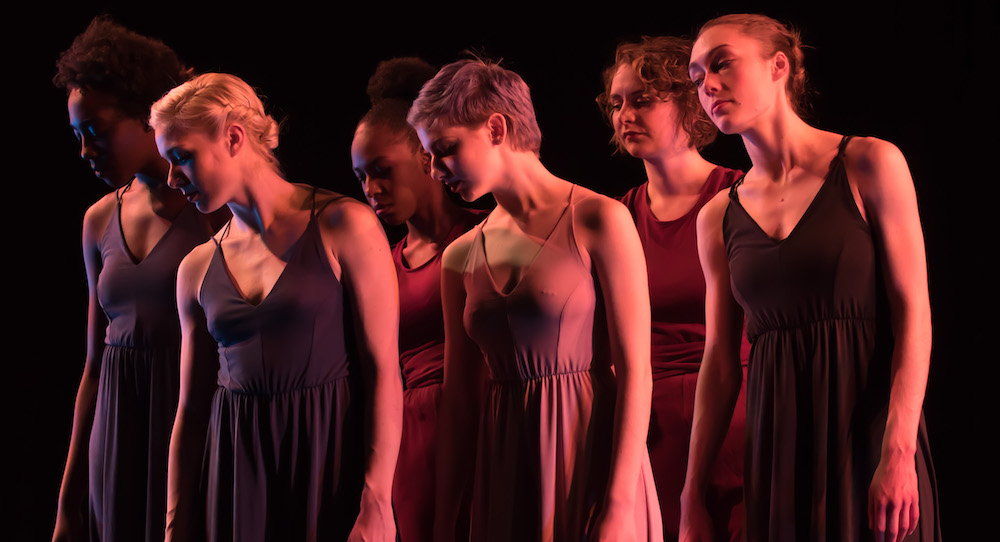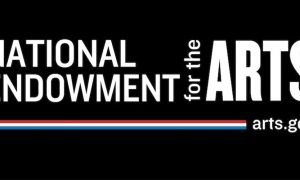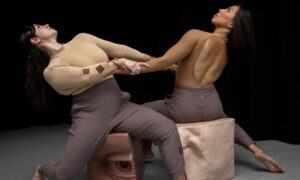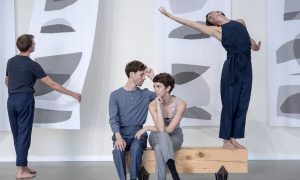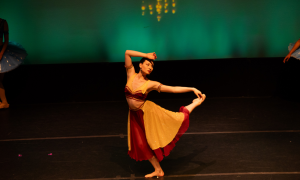“My professional life has been in a cubicle. I know that space, and I’m comfortable there,” says David Orr, IT professional for a pharmaceutical company in Cambridge, MA (just across the river from Boston). One might not expect such a professional to also be incredibly passionate about the art of dance, and furthermore influential in its sphere — but Orr certainly is. He regularly attends dance performances (“all I can,” he affirms), has produced shows featuring various Boston-based dance artists, and is building a dance production company to formalize and bolster his production work. Dance Informa speaks with Orr about his passion for dance, his production work and his views on expanding interest in the art form to wider audiences.
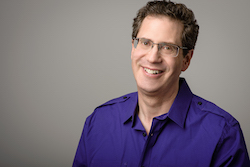
Orr’s first brush with dance was similar to that of many young men, having a sister who danced. It was many years later when he would be reconnected with the art form, Orr recounts, through a friend inviting him to Jacob’s Pillow to see Aspen Santa Fe Ballet perform. “Sure, I’ll go,” he said to his friend, not knowing how that performance would shift the direction of his passions, his time and his community. He shares how what he saw there moved him so much, not quite like anything ever had before, that he cried. In the days following that experience, he would remember images, sounds and select moments from the performance, and cry yet again, he adds.
After viewing further performances, Orr gathered that there’s a need for production work in dance art, particularly that based in regions such as Boston (with a plethora of talented artists making great work but without sufficient available resources to help them do so consistently) — for someone to commission and curate work, as well as to provide other types of support artists need. He decided that he could help fill that need, and thus began his Boston Moving Arts Productions company.
The first work he commissioned was Kelley Donovan’s Community, presented in March of 2018. The work was a meditative modern dance piece focused on the individual’s relationship to community.” Next came Wild Type, in November of 2018, presented at the Boston Center for the Arts. Orr brought four Boston-based dance artists (and one from New York City) together for a program of varied aesthetics and approaches. His mission, approach and nitty-gritty of production processes has gotten clearer with each presented program.
“I’m always working to hone how I do this, using what I learned last time to make it work better this time,” he says. Guiding so much of that is Orr’s desire to present dance work that resonates with members of the general public, with people like him whom one might not expect to be passionate and involved dance lovers — but who can be that if they get the chance to experience powerful dance art.
He knows that he brings this to the table as a producer. “I am the ‘audience’, the sort of audience we do want to bring into dance, people who aren’t trained dancers and in that ‘world’,” he says. For instance, he gathers feedback from audience members to better understand their experience, which he can then use to shape curation and presentation of future programming. At Wild Type, for instance, program leaflets surveyed audience members on their thoughts and feelings on each piece. Lights came up in between each piece to give them time (and light) for filling out these surveys. Questions were straightforward and universally relatable, without concert dance jargon or long-winded language.
This effort demonstrates a desire to engage all types of audience members in the conversation around dance art, and have that multifaceted, inclusive conversation guide how the work goes forward. It’s also “out-of-the-box”, innovative thinking with the potential to address issues around professional and institutional sustainability in the professional dance sphere.
Relatedly, Orr is adamant about paying dance artists a $20 hourly rate, whether they’re rehearsing or shopping for costume materials or working with a lighting designer. He also gives an attractive rate for performance weekends, $450 for a three-performance run. “I’m going to give [artists] what [they] deserve and what [they’re] worth,” even if they all too often don’t get that otherwise, he explains.
Orr is taking all of this learning from past productions and passion for dance that pulls people into dance art into a third program, In My Heart. The show will run from November 8-9, at the Boston Center for the Arts. It features new or recently created pieces from Greater Boston-area artists Whitney Schmanski, Chavi Bansal, Aysha Upchurch and Ali Kenner Brodsky.
In curating this program, Orr was intentional about bringing forward emotionally evocative work. In fact, Orr describes programming approaches for ensuring that audience members aren’t emotionally overwhelmed, given the heaviness of some of the topics at hand. For him, this approach is a way to create universally relatable and engaging work that will make dance audiences bigger, more diverse and more lasting.
As a catalyst for this focus, he describes experiencing work that felt a bit erudite and insular — not appealing to the heart and soul like dance art truly can. Orr wants to, in contrast, produce dance art that can do just that. One can see Orr’s belief in the power of dance art, and just how passionate he is about it, when speaking with him about it.
Dance engaged him such that it became a new passion, and he now works as an ambassador for the art form to make that happen for other people like him — perhaps coming to a performance from a day in their cubicle. He knows that dance has so much to offer the wider world, and works to realize that potential. Maybe, just maybe, someone may be moved to tears and moved to also be an ambassador for the art of dance.
By Kathryn Boland of Dance Informa.


